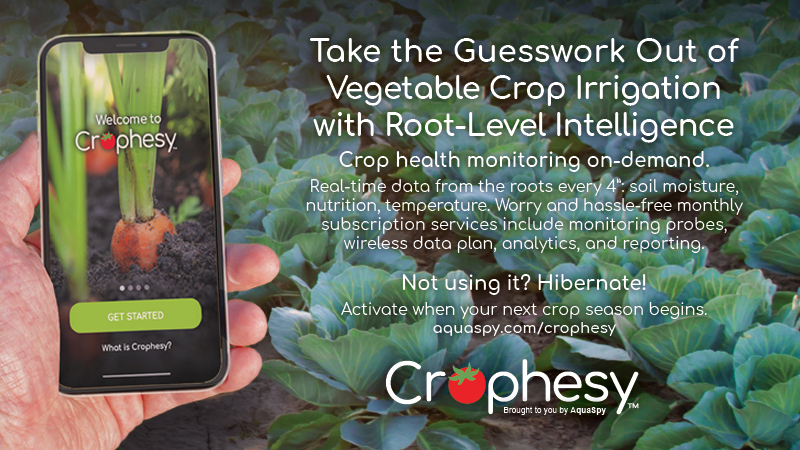Times are Changing for Greenhouse Vegetables; What’s Next for the Industry?

Any emerging industry will often see a lot of rapid change as it develops. Such is the case with the greenhouse vegetable industry, where even the largest growers in the industry seek to make improvements, whether it’s through outside investments, acquisitions, or partnerships.
Here are just a few examples:
- Mastronardi Produce Ltd. and AppHarvest recently announced a new partnership that will further strengthen their relationship and cement their leadership as visionaries in the agriculture technology sector. The companies have signed a non-binding letter of intent to form FarmCo, a joint venture to develop a portfolio of controlled environment agriculture (CEA) facilities to expand supply of fruits and vegetables including leafy greens to Mastronardi’s existing fresh produce marketing and distribution business.
According to a joint answer from the two companies after questions from Greenhouse Grower, “Mastronardi and AppHarvest have been working together since 2017, and with the increasing demand for sustainably U.S.-grown fresh fruits and vegetables skyrocketing, partnering on controlled-environment agriculture operations provides an opportunity to expand production and reach to earn even more of the market and further cements the relationship. The proposed joint venture would have the ability to obtain separate sources of fundraising for accelerated growth and have its own leadership team to prevent distraction to the current management teams at each company. We believe the partnership allow us to significantly increase our ability to get more fresh, flavorful locally-grown produce to tables across the U.S., sustainably and efficiently at scale.” - BrightFarms, shortly after forming BrightLabs, a new innovation and research hub launching at its Ohio growing facility, was acquired by Cox Enterprises, the communications, automotive, and media company. The move is designed to solidify BrightFarms’ leadership in the indoor agriculture space and provide a strong, stable foundation committed to accelerating growth with partner retailers. BrightFarms currently operates five farms in Virginia, Ohio, Pennsylvania, North Carolina, and Illinois. In July, BrightFarms also acquired lēf Farms, an indoor grower based in Loudon, NH, with plans to expand lēf’s facility into a 14-acre indoor growing hub for New England supermarkets.
- Field and greenhouse vegetable grower-shipper Tanimura & Antle has invested as the majority shareholder and new partner of Boston-based Green City Growers. The merger of the two companies, according to a statement from Green City Growers, is based on a common commitment and passion to provide communities, organizations, and individuals with a hands-on educational experience to increase awareness, build engagement, and provide education about where food comes from.
There are other examples as well, such as Gotham Greens’ partnership with the University of California, Davis, and recent expansions at Red Sun Farms and Revol Greens.
As the pieces fall into place on these and other developments, it’s clear that greenhouse vegetable growers are staking a claim to being able to feed an entire nation’s population year-round. However, it also raises questions:
- How will field-growing vegetable operations be affected? Will the demand for safe, local produce hinder their further growth (although to be clear, safety is not a guarantee even in an indoor facility)?
For more, continue reading at GreenhouseGrower.com.









